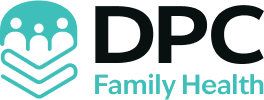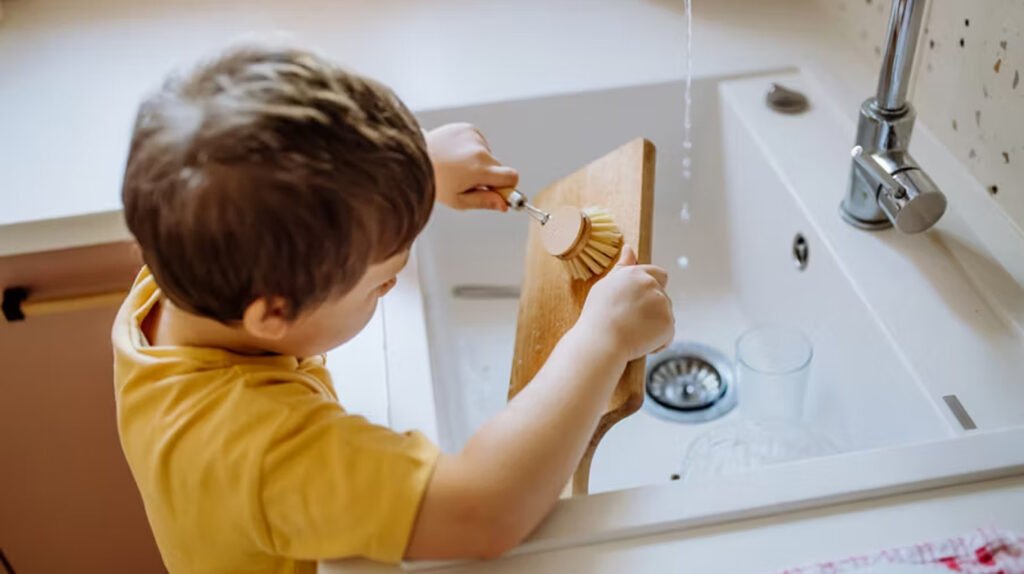“What’s one creative method you’ve used to teach children about personal hygiene? How did you measure its effectiveness?”
Establishing consistency and making the process accessible
Establishing consistency and making the process accessible are the first steps in teaching children about personal hygiene. Using routine graphics and straightforward rewards is one innovative strategy that I’ve seen work. It’s about transforming simple routines, like washing your hands or brushing your teeth, into manageable, simple actions. They take it seriously when you relate such actions to tangible advantages they value. As important as the task is, the tone should be supportive rather than instructive.
I’ve worked with educators and wellness professionals who track progress through behavior, not charts. You notice fewer reminders, more independence, and genuine understanding. If they start repeating the why behind each step, it’s working. Health is based on hygiene, and teaching it at a young age boosts self-esteem. The most successful tactics honor the child’s capacity for learning, action, and self-reliance. Complex routines are outperformed by straightforward language, repetition, and real-world context. Developing enduring behaviors that last throughout maturity is the aim, not perfection.
Aspen Noonan, CEO, Elevate Holistics
Turning it into a fun, interactive game
One creative method I used to teach children about personal hygiene was turning it into a fun, interactive game. I created a “Hygiene Challenge” where they had to earn points for tasks like washing hands for 20 seconds, brushing teeth properly, or using tissues. I made it a competition between teams, and the kids loved it, especially when we introduced small rewards like stickers or extra playtime.
To measure its effectiveness, I tracked their hygiene habits over a month using a simple checklist, noting improvements in their routines. I also asked them during follow-up sessions to explain why each step was important. The results were clear: kids started reminding each other to wash their hands and brush their teeth, showing they understood the concepts. It was a fun, engaging way to make hygiene a daily habit, and it worked better than just telling them what to do.
Nikita Sherbina, Co-Founder & CEO, AIScreen
Hygiene checklists designed like a game.
One creative method we’ve seen work really well—especially in vacation rentals and family homes—is using “hygiene checklists” designed like a game.
We helped one Airbnb host roll out a kid-friendly bathroom checklist with fun icons: wash your hands (with bubbles), brush your teeth (with a smiley), wipe down the sink (superhero style). Each task had a “mission” theme—like they were secret agents prepping for the day.
It wasn’t just cute—it actually worked. Parents said kids were more excited to follow the routine, and in some homes, they laminated the checklists and used dry erase markers so kids could check things off daily.
Effectiveness? Parents reported fewer reminders, fewer messes, and more independence. And for our turnover teams, it meant cleaner bathrooms left behind. That’s a win-win.
Neel Parekh, Founder & CEO, MaidThis Cleaning
I’ve used a hands-on method called “Plaque Patrol”
I’ve used a hands-on method called “Plaque Patrol” to teach kids about personal hygiene. It turns a brush into a challenge. We give kids a disclosing tablet that stains plaque bright pink. Then, we time their brushing for two minutes and check the mirror for leftover pink. They see where they missed. It gives them instant, visible feedback. Brushing stops being a chore and becomes a task with a clear goal, no pink left behind.
This method changed behavior. Kids started treating their toothbrush like a tool. They asked for more tablets at home. Parents told us their kids brushed longer and paid attention to technique. We tracked results at recall visits. A 9-year-old who needed multiple fillings the year before stayed cavity-free for two visits after starting this method. That’s a measurable improvement, not guesswork.
I’ve learned hygiene habits don’t improve with more instruction; they improve with engagement. Children respond to results they can see. Plaque Patrol works because it shows the problem, the solution, and the progress in under five minutes. There’s no guessing. No confusion. Just action and results.
The goal isn’t to teach kids what to do. It’s to show them why it matters. When they see the plaque disappear, they connect the dots. They own the outcome. And that’s where real learning starts.
Dr Stacey Laskis, Dentist, Parkview Dentistry

